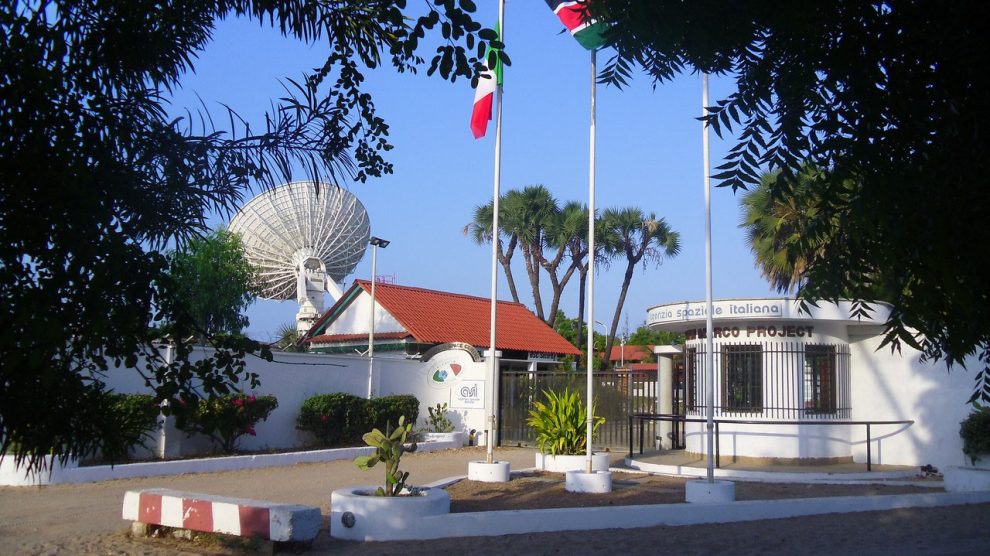Not exactly private. The Italian space base in Malindi, Kenya, is essentially unusable because of the pervasive presence of Chinese technicians. COPASIR – the Italian Parliament’s Intelligence Committee – noted as much in its latest Report on the Aerospace Domain.
- The infrastructure is subject to “activities conducted by Chinese technicians, who access the base by virtue of a bilateral agreement between Beijing and Nairobi,” reads the document.
- The Committee believes the site has outlived its utility, as it “lacks the conditions to carry out launches,” and maintenance costs surpass its benefits.
The China problem. COPASIR fears that the Chinese technicians accessing the Italian base could be Trojan horses for current or future intelligence operations on behalf of the Beijing government.
- The Committee has repeatedly highlighted the strategic risks associated with China, calling it a “strategic adversary” in its latest annual report, which explored Beijing’s aims over Rome’s technological, academic and infrastructural assets.
A brief history of the spaceport. The Luigi Broglio Space Centre was founded in 1966 by – and bears the name of – the father of Italian space, and it’s been a major asset for Italy’s space activities. It’s now used to track a multitude of satellites by the likes of NASA, the European Space Agency (ESA) and the Chinese Space Agency.
- Between 1967 and 1988, twenty successful launches (and zero unsuccessful ones) were carried out at the centre using the American Scout family of launchers.
- The first launch turned Italy into the third country in the world, after the USSR and the USA, to build, launch and control a satellite with its own personnel from its own launch base.
Shifting boundaries. The centre consists of a terrestrial section (geared towards data collection) and a marine section, composed of three oceanic launch platforms which are no longer in use. The marine platforms were initially placed outside the boundaries of Kenyan territorial waters, which were later redrawn, bringing them under Nairobi’s jurisdiction.
China in Africa. Beijing is Nairobi’s main trading partner (although the trade deficit is heavily in favour of the former), and it also provides direct investments – such as the billions that went in the Standard Gauge Rail (SGR), slated to connect Kenya, Uganda, South Sudan and Rwanda, and currently on a dead-end track.
- The rail project was designed using Chinese financing and contractors, and it attracted controversy due to financial complications, questions about the legality of the procurement process, and the alleged collateralisation of the port of Mombasa (which would make it a potential debt trap victim, not unlike Sri Lanka).
Debt trap diplomacy. China’s engagement with Kenya is an excellent example of how Beijing approaches economic ties in Africa – and it’s a revealing case study of how the Belt and Road Initiative (BRI) works in the continent:
- It produces jobs (even if the conditions of Kenyan employees in Chinese companies are not exactly rosy), and it improves connections. However, it also creates a situation where the interests of African elites and China’s profits might contrast with the citizens’ needs.
For the Chinese Communist Party, those profits are as economical as they are political – perhaps to be played as forms of pro-Chinese alignment within multilateral organisations. Beijing has been relaunching its desire to strengthen certain relations.
Meanwhile, the African continent is becoming one of the grounds for competition between powers, with China wanting to undermine Western and European presence through practices of economic neo-colonialism.
Image: ASI





